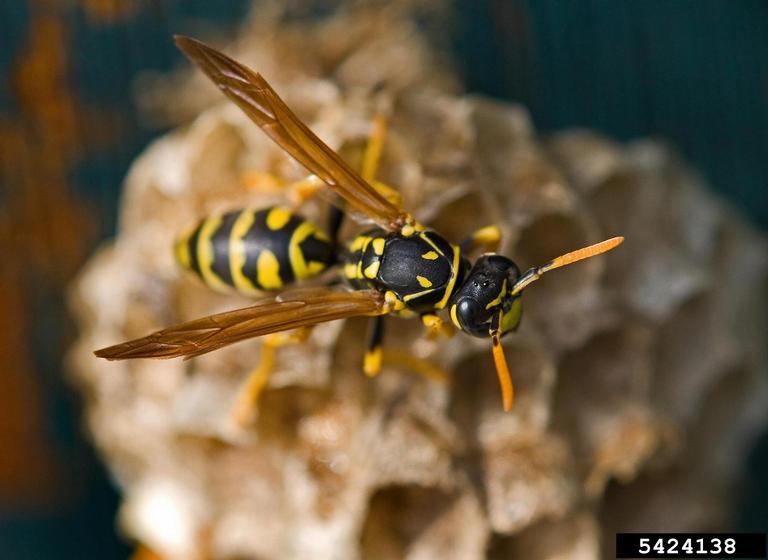|
Whether it's the traditional green or a more ornamental variety like this red one, okra is a staple in many Deep South vegetable gardens. |
We have only four tastes: sweet, salty, sour and bitter. Everything else we "taste" is associated with either smell or texture.
Well, Abelmoschus esculentus, the vegetable many people love to hate, frankly has an off-putting texture to some. If you don't know Latin names, Abelmoschus esculentus is that most delicious of Southern vegetables: okra.
Wait...
Now, before you get turned off, read on for a minute.
According to (Edward Lewis) "Sturtevent's Notes on Edible Plants," okra has been cultivated for more than 800 years. It came to America from Africa and was quickly incorporated into the cooking of the South. For the Creoles of Louisiana, okra became a vital part of their gumbos and stews.
More recent data shows that more than 41 million pounds of frozen breaded okra are processed annually. That's a lot of fried okra.
Many Uses
Over the years, besides in foods, okra has been used in many ways:
- Philippine scientist Eduardo Quisumbing lists okra's extensive uses in "Medicinal Plants of the Philippines."
- he plant parts can be processed into fiber, some of it used for making paper.
- The seeds can be processed for oil to be made into soap and vegetable shortenings.
- The seeds have also been dried, roasted and ground for use as a coffee substitute. (Having tried okra coffee, I find it's really not so bad. But in no way will it ever replace my coffee!)
Thickening Property
I know it turns some off, but that unctuousness is exactly the characteristic we cooks are looking for. This thickening property is essential for gumbos, soups and stews (the "slime" is unnoticeable in many dishes prepared with okra).
Not everyone hates the mucilage. Stewed tomatoes with Vidalia onions and okra means summer has arrived for many people. And if no one likes it, why is it that when I go to salad bars the pickled okra is always half gone. Someone must be eating it.
If you don't like okra as a general rule, try it pickled. Or try it one of my favorite ways: Place young, tender pods in Italian dressing for 30 minutes, then drain them and eat them. This process renders the okra easy to slice and tasty in salads.
Plant Now
Mid- to late May is the time to plant okra seed. Okra is a true tropical and won't germinate when the soil is cool. It doesn't transplant well because its taproot system breaks during the process.
Plant several seeds in hills 2 feet apart, then thin the shoots to one strong plant. Use a medium fertilizer program, because too much nitrogen will cause the plants to produce all foliage and very few pods.
Okra takes full sun and will grow in almost any Georgia soils. Keep an even watering schedule, and enjoy okra throughout the season.
Having done all of my graduate research work on okra, I can't see why anyone wouldn't eat it. Now, if I could only convince my wife and daughters.







